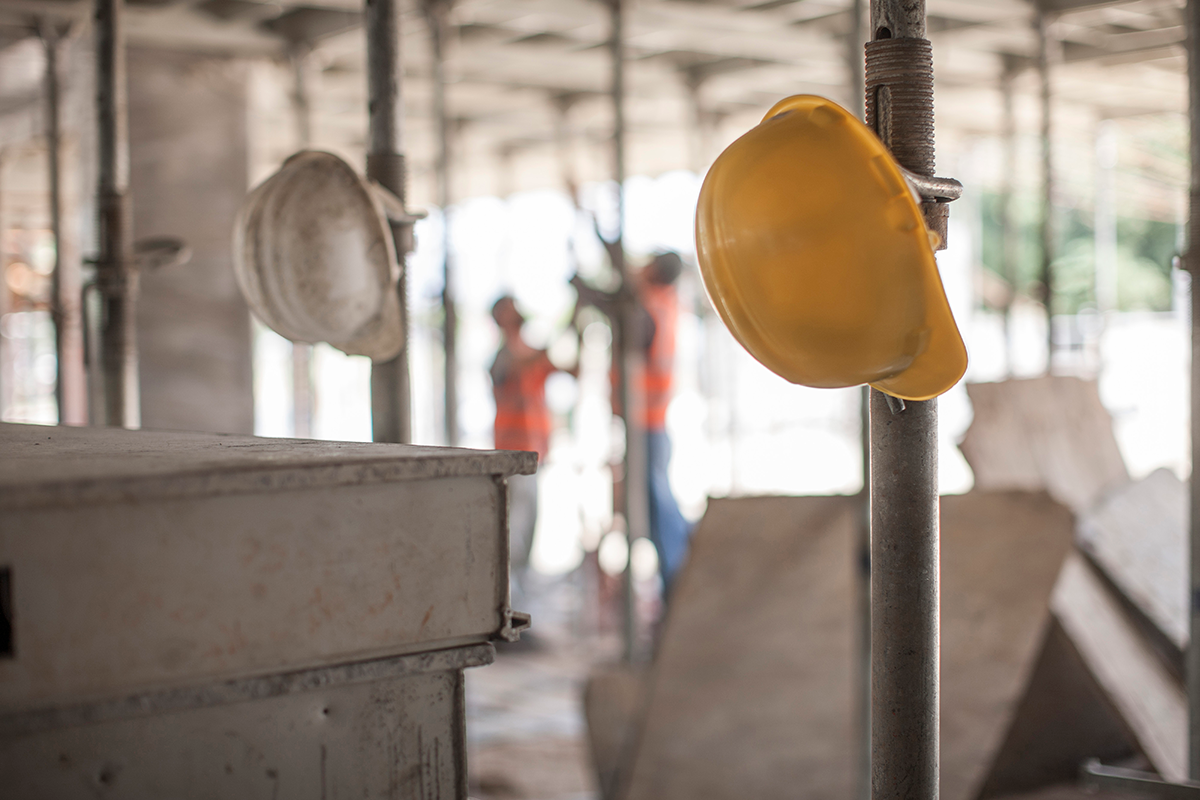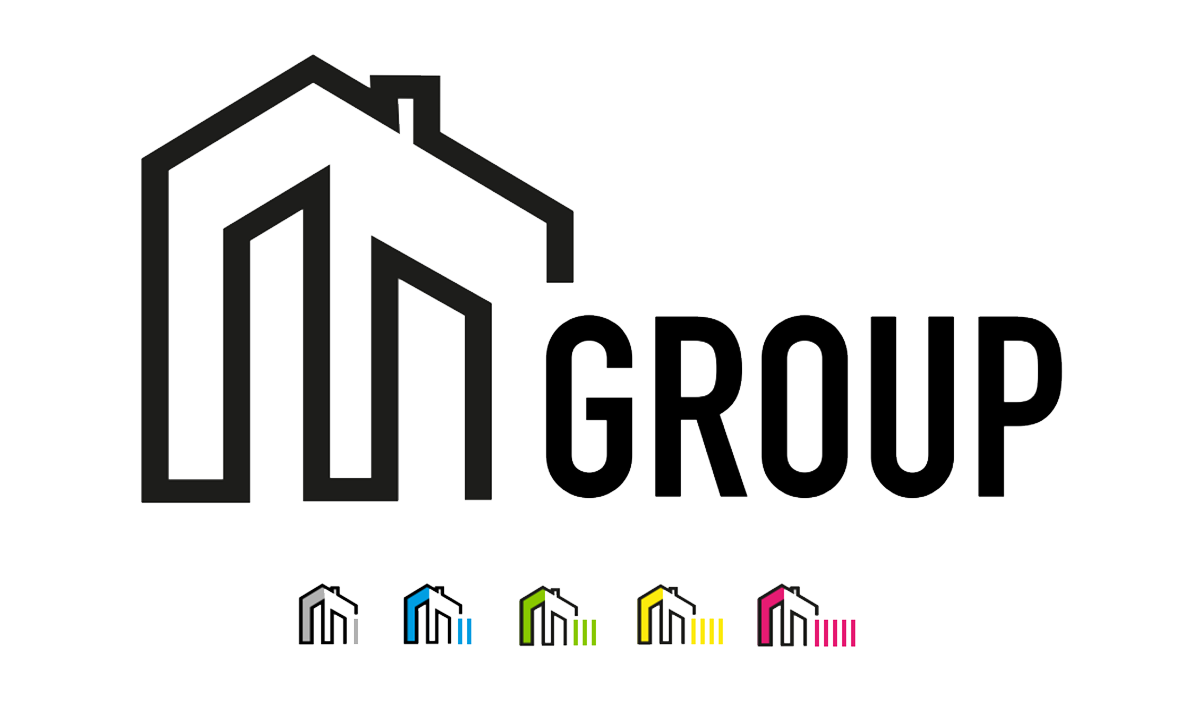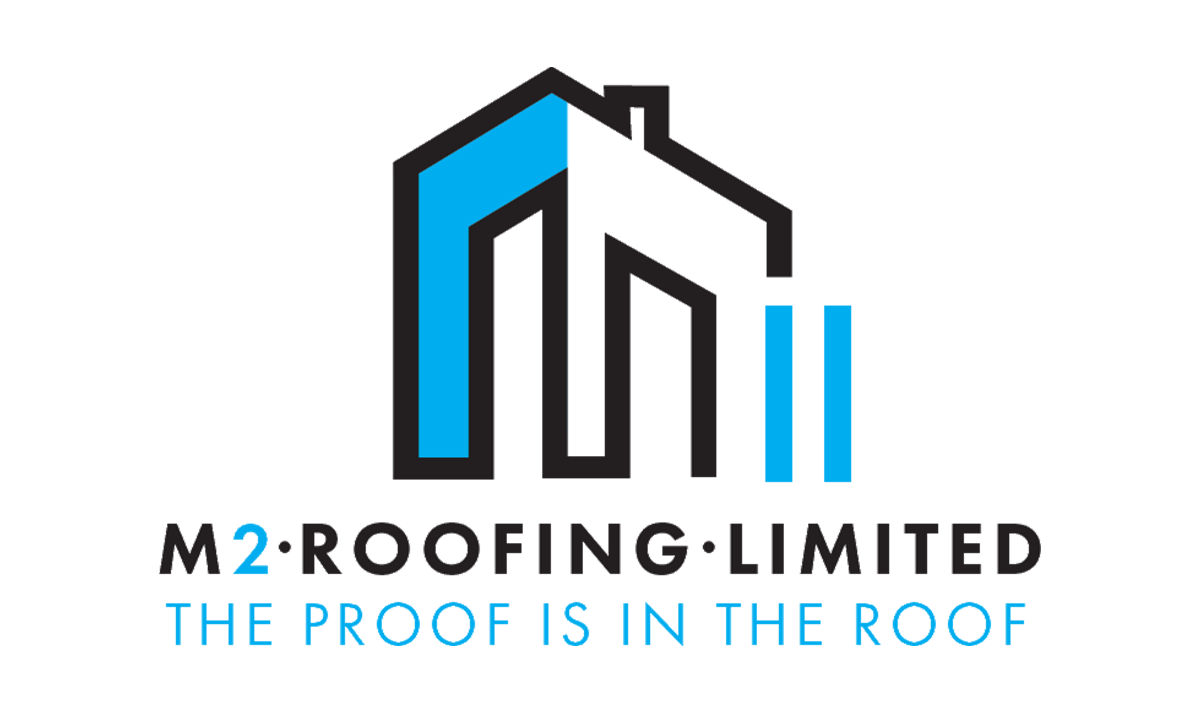What Is Birdcage Scaffolding?
A birdcage scaffold is erected when a construction project requires scaffolding in very high locations. Birdcage scaffolding is an independent scaffold with more than two rows of standards running in both directions. Ledger beams connect them at each lift height, and the top is decked to create an accessible platform where workers can do their jobs.

How Is Birdcage Scaffolding Erected?
Birdcage scaffolding has two or more rows of standards or poles. These poles are connected by the ledgers and transformers, and it is done at every lift height. Then, they board the top lift, leaving workers with a large working area, and ensuring access is always provided for contractors and employees. They can be erected to be more than one lift height, and they are useful for most projects, whether interior or exterior.
They design these scaffolds to be easy to use with plenty of space to work. They provide access to high ceilings and other high up areas, including ceilings, walls, platform floors, or stairs. They allow construction workers to do their jobs safely.
Uses of Birdcage Scaffolding
There are many different uses for birdcage scaffolding. It is essential for many projects, especially when you need easy and secure access to raised locations.
One use is when you need to fit lights on the ceiling. People often need to fit lights up in the centre of a tall room, which can be virtually impossible without birdcage scaffolding. Electricians need a stable working area to ensure that the job is safe. They are often working with large fixtures for this type of job.
Ventilation systems are also installed in higher locations, requiring birdcage scaffolding. Whether installed or repaired, the birdcage scaffolding makes it easy for workers to access the ventilation system.
They also use birdcage scaffolding for sprinklers and fire alarms. They need to operate effectively, especially in a large space. It isn’t safe to do this type of work on a tall ladder, so using this type of scaffolding is necessary.
Benefits of Birdcage Scaffolding
Birdcage scaffolding is simple in design. They are normally used for one-level projects. However, you can easily use them to work on a ceiling for many different reasons. The structure can stand up on its own, and is easy to assemble. It works well for smaller, contained projects.
Another name for birdcage scaffolding is independent scaffolding. It is erected with two or more rows of standards, or poles, connected by ledgers and transforms. They are there at each lift height. The top lift is covered with a board that makes the access platform for work on ceilings and soffits. This allows you to work on lighting, ventilation, sprinklers, and more. It can be erected to more than one height indoors or outdoors if necessary.
It is sturdy and gives your workers a lot of space. It allows them to work safely in hard-to-reach places, such as ceilings or stairs.
How Are Birdcage Scaffolds Erected?
The standard size birdcage scaffolds are 2.5 m in each direction. The heights should be at 2 m intervals, but the first lift can be 2.5 m high. However, if the working lift is in the outside bays, there will only be one, which is the top lift. The loading bay won’t exceed 0.75 kg/M2.
If the birdcage scaffolding is going to cover a large plan area, they will reduce the width of the edge bays to three, four, or five boards. This ensures that it will meet the requirements for whatever access is necessary around the edges.
The ledgers and transforms are fixed to the standards using right-angle couplers. The top lift transforms fixed to the ledgers using putlog couplers. The transforms in the working lifts are also fixed to the ledgers so that there is level support for the platform.
Anytime you erect a birdcage scaffold, it should be braced or tied to ensure that it is stable, and the standards should be braced so that it can carry vertical loading. They are made to be stiff, so they don’t have any lateral sway. They should also be safe from overturning. In the case of an external birdcage lift, they should be braced well enough that they can resist wind forces. If it’s necessary, they should be anchored.
In the case of an external birdcage, there should be bracing at the rate of one brace per six standards. It should be braced in each direction, and they need to be attached to the ledgers or transforms with right angle couplers. As an alternative, they can be attached with swivel couplers.
An internal birdcage is ideal for stabilising a birdcage from an adjacent structure. If you can, you should secure all four sides. For example, if there are two opposite walls, you can arrange tubes so that there is space on each side. If there is only one, you need to provide a two-way tie.
Platforms in Birdcage Scaffolds
There should not be any gaps above the maximum permissible limit when you erect the platform. They should not be more than 150 mm from the working edge unless you include guardrails and toe boards for safety purposes. If the scaffolding has more than 11 standards in one line, you can’t rely on wall support because some of the standards won’t be close enough to the walls. You also need to brace them, which can be done by tying and butting on intermediate parts of the scaffold.
Final Words – What Is Birdcage Scaffolding?
A birdcage scaffold is a great way to work on projects that are up high, such as ceilings. You can work on lighting, ventilation, sprinklers, and more. They are simple to construct and stand on their own. They provide a large work area for workers, and they prevent falls. They are ideal for safe working conditions when you need to access places that are hard to reach.




